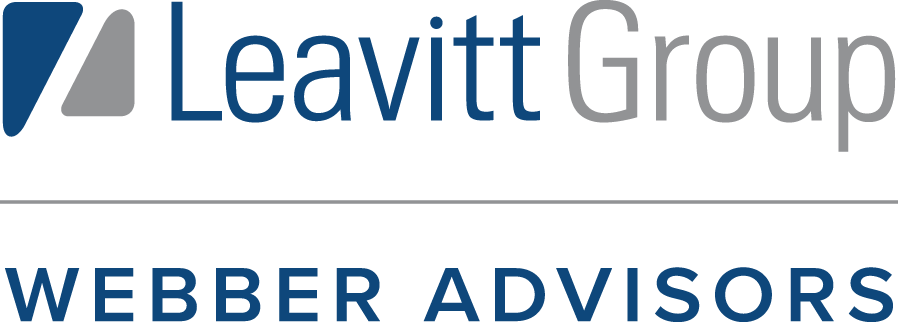 Strategies for Identifying and Resolving Gaps in Benefits Offerings
Strategies for Identifying and Resolving Gaps in Benefits Offerings
Identifying gaps in benefits offerings can be complex, as it requires a careful assessment of employee preferences, trends and organizational resources. However, this task is vital; benefits offerings can lead to increased employee engagement and satisfaction. Consider the following strategies for identifying and addressing these gaps:
- Review existing benefits. Organizations can determine whether they offer the basics or anything unique compared to competitors or other employers in their industry.
- Analyze employee demographics and specific needs. Demographics can influence employees’ preferred benefits.
- Gather employee feedback. Employers can conduct surveys and collect feedback to understand employee satisfaction with existing benefits and discover any missing desired benefits.
- Benchmark against industry standards. Researching industry standards can help employers identify any gaps in their offerings compared to competitors.
- Explore emerging trends and employee preferences. Staying informed about employee benefits trends is essential to being able to meet employees’ needs.
- Prioritize benefits based on budget and resources. Employers must consider financial resources to determine the feasibility of new or different offerings.
- Communicate changes effectively. Education is critical to utilization, so employers should clearly describe any changes and how benefits changes align with feedback.
- Monitor and reassess. Benefits needs and preferences change over time, so it’s important to regularly monitor the utilization and effectiveness of offerings.
Health Care Spending Projected to Surpass $7 Trillion by 2031
The Centers for Medicare and Medicaid Services (CMS) estimates annual U.S. health care spending to reach approximately $7.2 trillion in 2031. In 2022, health care expenditures were expected to hit $4.4 trillion, growing at a rate of 4.3% a year; however, from 2022 through 2031, U.S. health care spending is expected to grow on average 5.4% per year compared to a 4.6% increase in gross domestic product (GDP) over the same period. By 2031, health care is expected to account for 19.6% of the United States’ GDP.
The CMS’ report highlights how health care spending will increase over the next decade. According to the agency’s projections, medical spending across all major sectors has returned to pre-COVID-19-pandemic levels, with hospitals being the biggest cost driver in 2022. From 2022 through 2031, hospital spending is projected to increase faster (5.8%) than physician and clinical services (5.3%) and prescription drugs (4.6%). As a result, health care costs will likely become a larger part of American household spending. Understanding how such spending may increase can help employers act now to protect themselves against increasing health care costs and better support their employees.
© 2023 Zywave, Inc. All rights reserved


